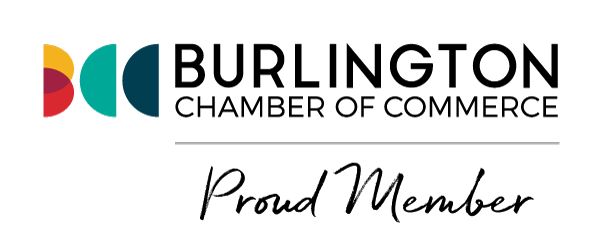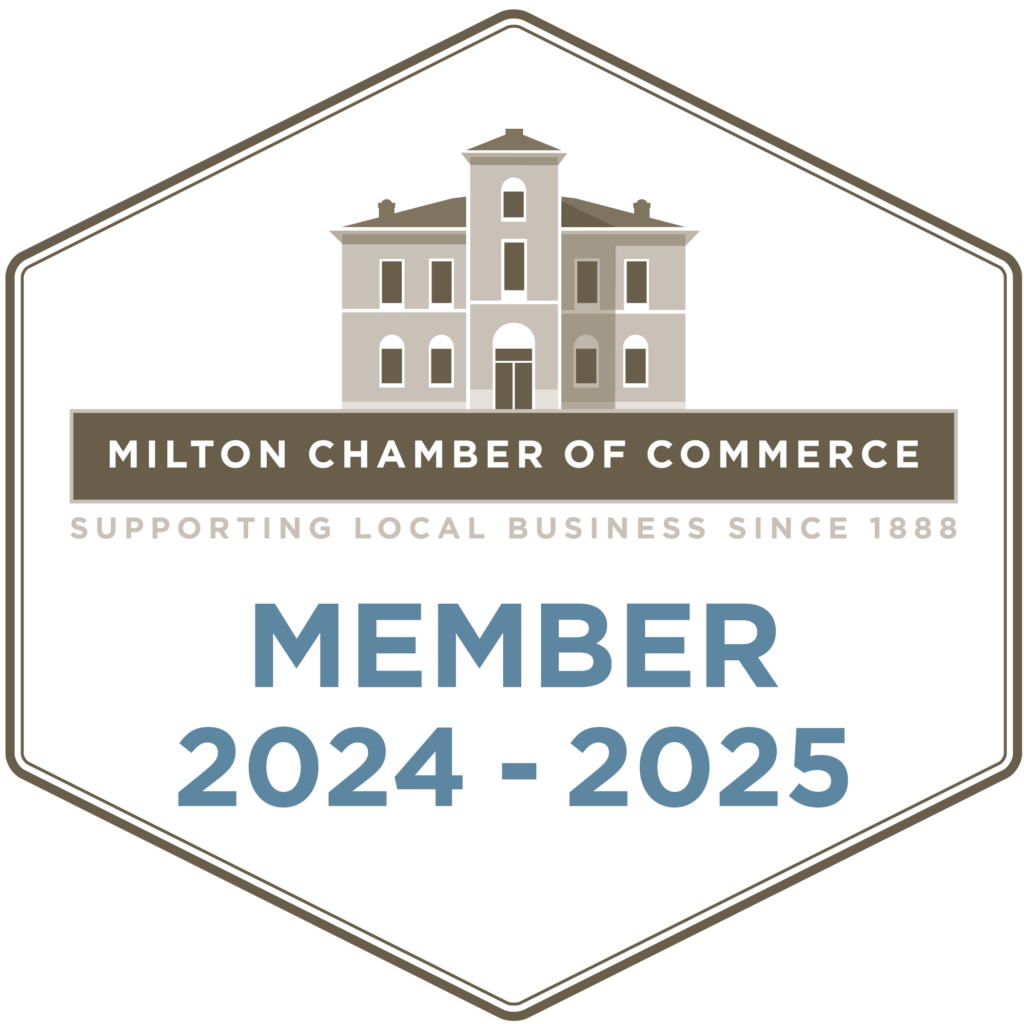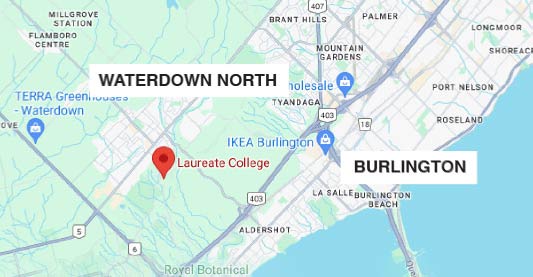
You may spend a lot of time studying, but still can’t remember things.
You may remember the information from the book, but still don’t know how to write the answer correctly at the exam.
You may understand parts of the book or books, but you just can’t put them together and integrate.
If these happen, you need to think about how to learn more effectively with active study strategies.

This Tuesday, September 27th, the second workshop of our Academic Coaching Program provides students with different techniques to learn in a more productive way.
Active Studying VS. Passive Studying
According to Instructor Judy Duncan, instead of passive learning, the more actively you engage with the material, the more likely you are to comprehend and retain it.
- Active studying: Engage yourself with the material that you are reading by doing different activities.
- Passive studying: Just read over the material, nothing else.
A lot of research shows that active studying results in a more productive learning outcome compared with passive studying.

Let’s have a look right away at what we can do to learn more actively and effectively!
1. Create Summary Notes
- Condense the information to be covered on a test down to a single page or two that will allow for easy review.
- Focus exclusively on the larger themes and concepts.
- Review the notes regularly to keep yourself focused on the foundation of what your teacher will ultimately be testing.
This will help you connect information to the larger concepts of the course, so you have a big picture of the knowledge framework and won’t get lost!

2. Think Like a Teacher
- Teachers look over the unit and make decisions as to what should be included on the test. A test can’t cover everything from the book, so they have to narrow down their focus and deal with the really important items.
- Therefore, make a list of topics covered and imagine you were the teacher and wanted to see if students understood the material from a unit. Ask yourself the following questions:
How important are these topics?
How much time did they take up?
What did the teacher stress during class?
Which material is the most important for students to know?
What kinds of questions would I ask to see if students knew the
material?
By asking these types of questions, you can decide which topics should be the priority, and prepare and anticipate the questions you might have to answer.

3. Create Your Own Questions
If you knew what the questions were going to be on a test, how would you study for it? Would you re-read your notes over and over? Would you re-read the whole textbook? No, you would focus on learning, then practice writing out the answers to those questions. This is what you can do.
- Actively look through your notes and the class materials and decide what questions are most likely to appear on the test.
- Write them down and then spend time learning the answer information and practice writing out your answers.
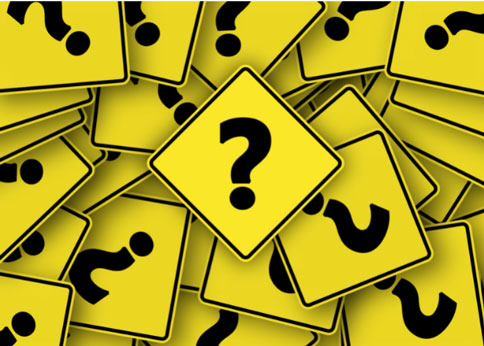
4. Practice Testing
Once you have a set of questions created, you can give yourself a practice test.
Testing yourself works because it forces you to pull information from your memory and also helps you identify areas that require additional studying, allowing you to better distribute your time and efforts.
In addition to using questions, you create yourself, you can use:
-Review sheets provided by the teacher
-Questions at the end of a textbook chapter
-Old tests
-Summary notes
-Questions found online (make sure they are relevant)
You should also write a practice test on a different day than your study day, so that you are not just assessing your short-term recall but long-term as well.

5. Teach Others
Imagine trying to explain the material to someone who has no knowledge of the subject. What are the key points and how would you explain them simply and clearly? Try to think of examples and illustrations that could help clarify what you are explaining.
During this process, you’d force yourself to have a better understanding of the information first. It drives you to think, transforming the knowledge you learn into knowledge you give.
This acting-like-a-teacher activity can help deepen your understanding of course information and keep it in your mind for a longer time.

6. Flash Cards
Another activity that works well with partners is the use of Flash Cards. Flash cards are well suited for the repetitive testing of basic and foundational information.
Use flash cards to practice vocabulary, definitions, important dates, people, or events.

Apart from the above 6 techniques, Instructor Judy Duncan also introduced the skills of memorization association, mnemonic devices such as acronyms, rhythms and chunking which means breaking larger pieces of information into smaller, organized “chunks” for easier memorizing.
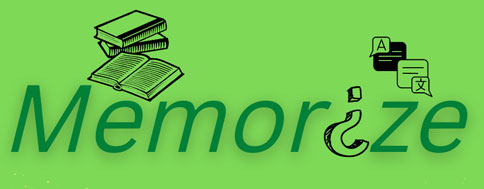
Our next workshop will be at 4:30 on Tuesday, October 4th. The topic of the workshop is Due Date Tracking, sharing the practical and effective ways to keep you on track. Please register here. We look forward to seeing you at Laureate College!



